Your cart is currently empty!
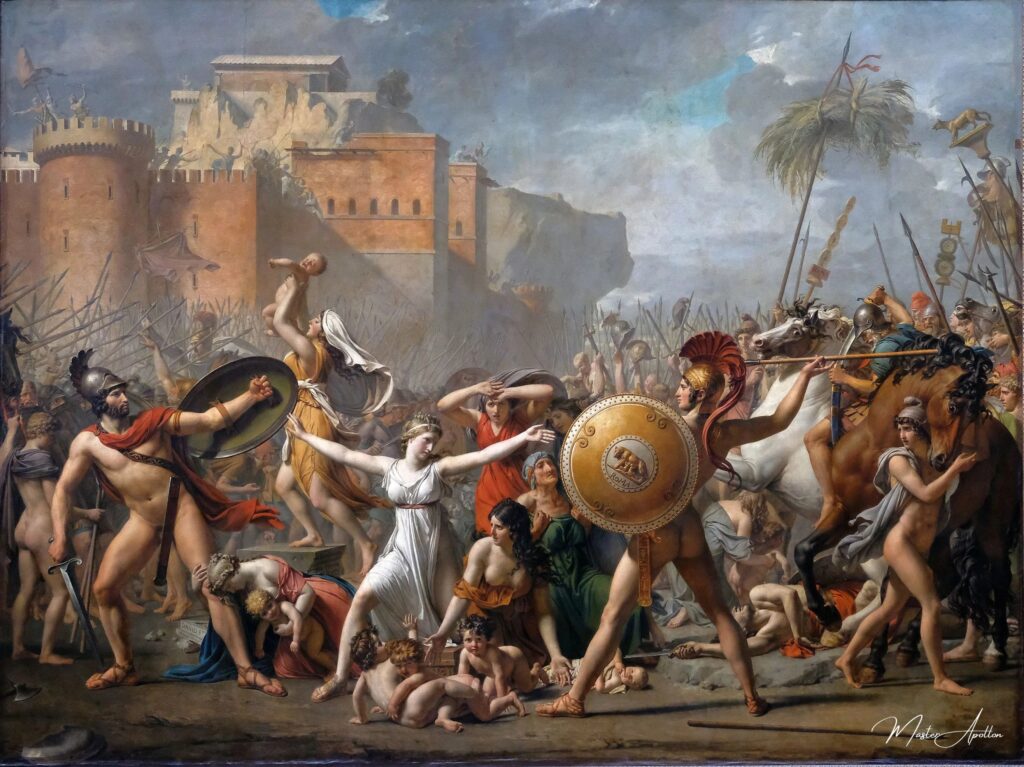
The Intervention of the Sabine Women – Jacques-Louis David
This oil painting reproduction of “The Intervention of the Sabine Women” by Jacques-Louis David is a masterpiece that exudes elegance and sophistication. Crafted with the highest quality materials and meticulous attention to detail, this reproduction captures the essence of the original artwork in stunning clarity.
The craftsmanship of this piece is truly exceptional, with each brushstroke car…
Jacques-Louis David’s “The Intervention of the Sabine Women” (1799): A Reflection of Reconciliation and Unity
Jacques-Louis David, a prominent figure in the Neoclassical movement, painted “The Intervention of the Sabine Women” in 1799, amidst the backdrop of post-revolutionary France. This masterpiece, housed in the Louvre, is more than just an artistic endeavor; it encapsulates the themes of reconciliation, love, and female agency during a tumultuous period in history. In this article, we will explore the main themes of the painting, its historical context, and its enduring significance in the realm of art and society.

Main Themes
Reconciliation and Unity
At the heart of “The Intervention of the Sabine Women” lies a powerful message of reconciliation. The painting illustrates a legendary episode from Roman history where the Sabine women, abducted by Roman men, intervene to halt a war between their Roman husbands and Sabine fathers. This narrative is not just a retelling of an ancient story; it serves as David’s poignant plea for unity and healing in the wake of the French Revolution. As the nation grappled with the aftermath of political upheaval and bloodshed, David’s work resonated with the call for people to reunite and mend the fractures caused by the revolution. The tumultuous socio-political climate of the time adds layers of meaning to this iconic piece, reinforcing the idea that love and familial bonds can transcend conflict.
Love Conquering Conflict
Central to the composition is Hersilia, the figure representing love and familial devotion. Hersilia stands as a beacon of hope, illustrating the theme of love prevailing over violence and discord. David’s intention was to honor his wife through this character, emphasizing that love has the power to bridge divides. The painting encapsulates the ideal of maternal protection and the strength of women as they confront the chaos wrought by war. As Hersilia reaches out to her father, her gesture symbolizes the deep connections that bind families together, even in times of strife.
Female Agency
One of the most striking aspects of the painting is the portrayal of the Sabine women as active agents in shaping history. David’s representation highlights their courage and determination as they stand firm against the aggressive male warriors. This portrayal contrasts sharply with the traditional depictions of women in art, positioning them not merely as passive figures but as powerful actors in the narrative of reconciliation. By showcasing these women in a heroic light, David celebrates their role in protecting their children and fostering peace.
Important Ideas and Facts
Historical Context
“The Intervention of the Sabine Women” was created during a period of intense social upheaval in France, from 1796 to 1799. As David navigated his own political ties and the shifting allegiances of the time, the painting emerged as a response to the need for national healing. The aftermath of the French Revolution left scars on the collective psyche of the nation, making David’s call for reconciliation particularly resonant. The painting thus serves as a historical document, reflecting the challenges and hopes of a society striving for unity after a period of deep division.
Artistic Influences
David’s painting draws inspiration from various sources, including classical Roman history, personal experiences, and the political landscape of his time. The depiction of the Roman walls in the background evokes a sense of both strength and vulnerability, subtly alluding to the tumultuous events of the French Revolution. Additionally, David’s own life experiences, particularly his relationship with his wife, inform the emotional depth of the painting. By blending historical narrative with personal sentiment, David creates a rich tapestry that resonates on multiple levels.
Symbolism
The composition is rife with symbolic elements, enhancing its thematic depth. The Tarpeian Rock, visible in the background, serves as a stark reminder of the consequences of treason in ancient Rome. This allusion underscores the gravity of internal conflict and the potential for self-destruction within society. Furthermore, the towering walls may symbolize the Bastille, a powerful emblem of the revolution and its aftermath. These layers of symbolism invite viewers to reflect on the nature of conflict, loyalty, and the pursuit of peace.
Models and Controversy
David’s choice of models for the Sabine women adds another layer of intrigue to the painting’s legacy. He utilized aristocratic women, including the de Bellegarde sisters, as models, which sparked rumors of potential affairs and added a personal touch to the artwork. This choice also reflects the social dynamics of the time, as David sought to bridge the divide between the aristocracy and the revolutionary ideals of the populace. The interplay between art and social context becomes a fascinating aspect of David’s work, revealing the complexities of his relationships and the societal tensions of the period.
Critical Reception and Legacy
When exhibited in 1799 at the Louvre, “The Intervention of the Sabine Women” was met with critical acclaim. It marked a significant artistic event, with its impact reaching beyond the art world to influence fashion and culture. The diaphanous “à la antique” dresses worn by the women in the painting became a fashionable trend, demonstrating the painting’s cultural resonance. Over the years, the work has been interpreted in various ways, solidifying its place in the canon of Western art.
Enduring Significance
“The Intervention of the Sabine Women” continues to captivate audiences with its timeless themes and emotional depth. It serves as a powerful testament to the enduring relevance of classical narratives in addressing contemporary issues. The portrayal of female strength and resilience, coupled with the destructive nature of conflict, resonates with modern audiences who grapple with similar societal challenges. David’s plea for peace and unity remains as pertinent today as it was in the aftermath of the French Revolution, making the painting an enduring symbol of hope and reconciliation.
Conclusion
In conclusion, Jacques-Louis David’s “The Intervention of the Sabine Women” is a multifaceted work that transcends its historical context. Through its exploration of reconciliation, love, and female agency, the painting captures the essence of a society striving for unity amid chaos. David’s ability to weave personal and political narratives into a compelling artistic statement ensures that this masterpiece remains a vital part of the art historical discourse. By delving into its themes, symbolism, and legacy, we gain a deeper appreciation for the power of art to address complex societal issues and inspire hope for a more harmonious future.
Jacques-Louis David
Jacques-Louis David was a leading French Neoclassical painter known for his dramatic, historically inspired works that often reflected the political and social turmoil of the French Revolution and its aftermath.
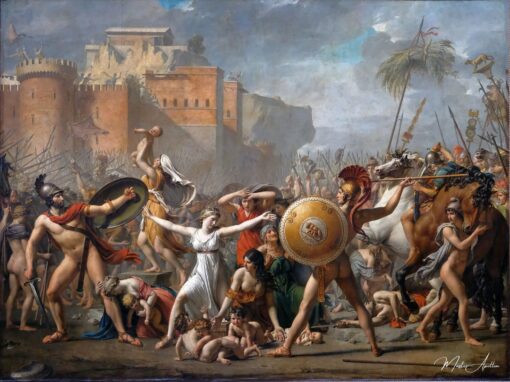
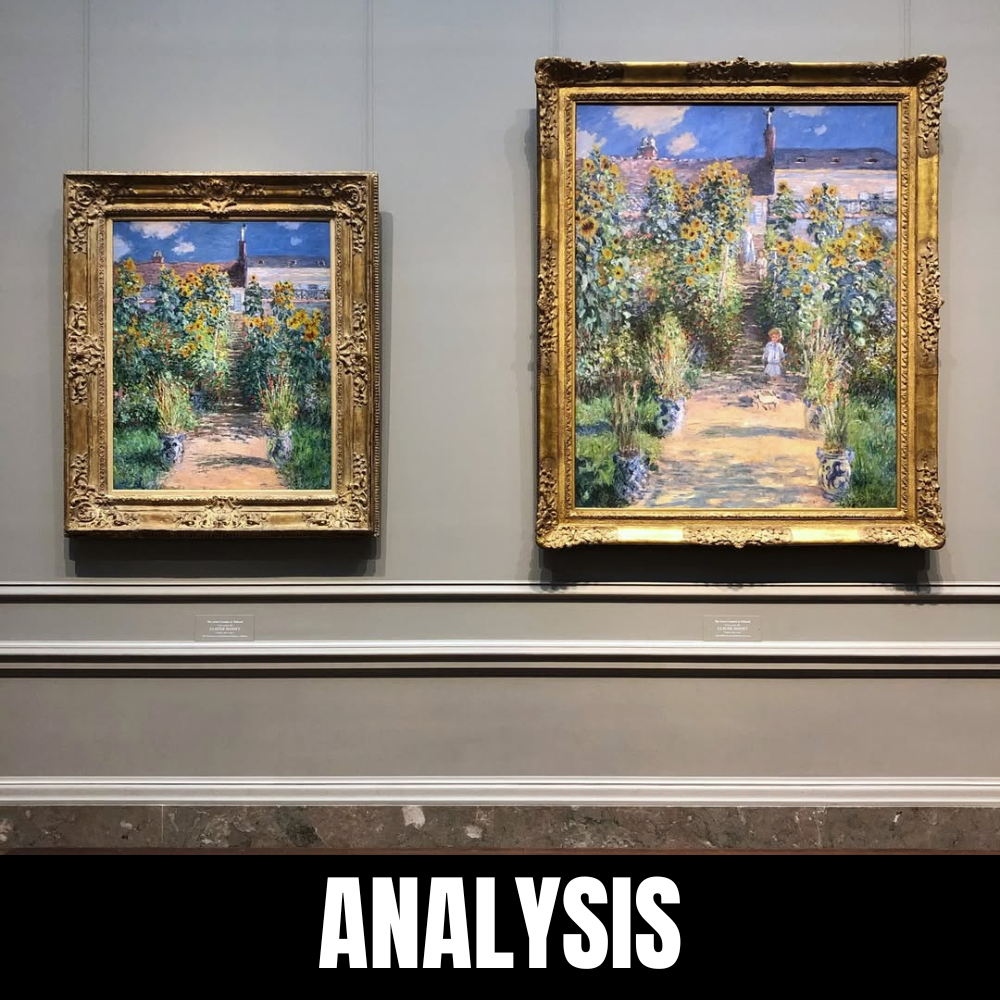
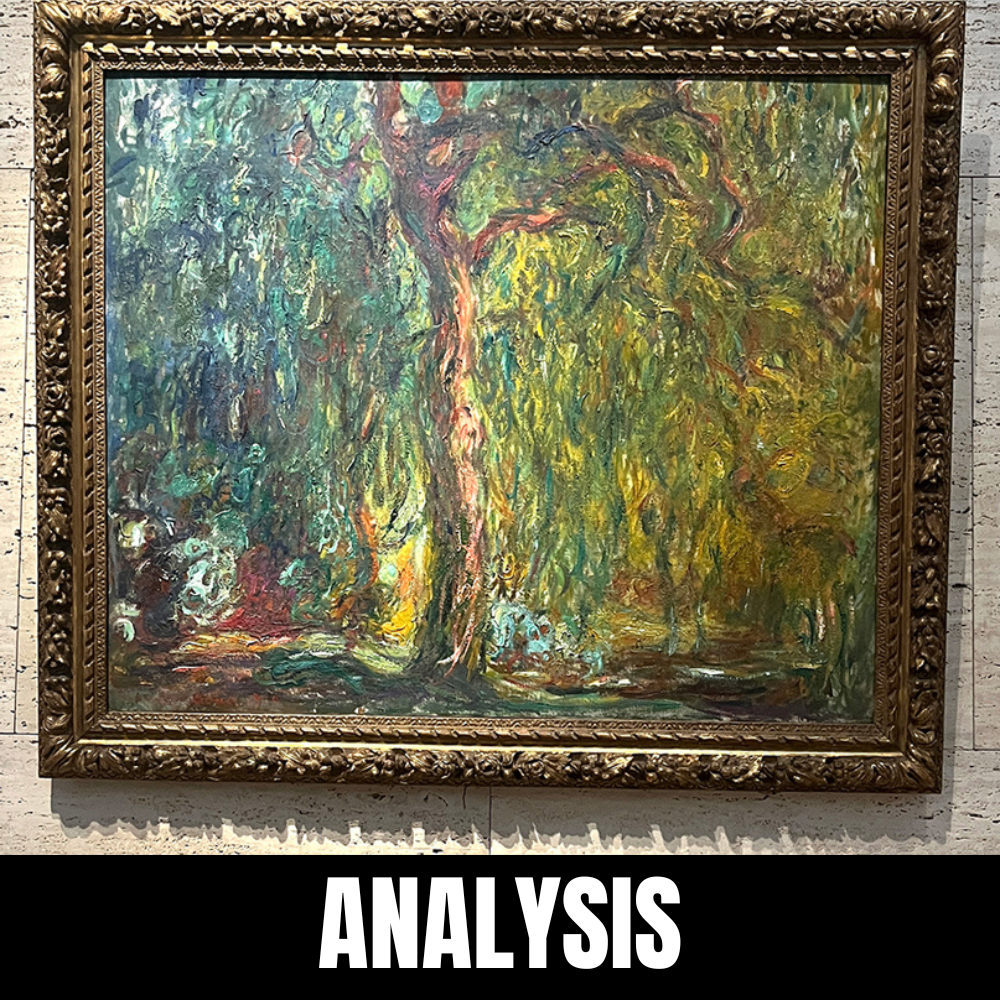
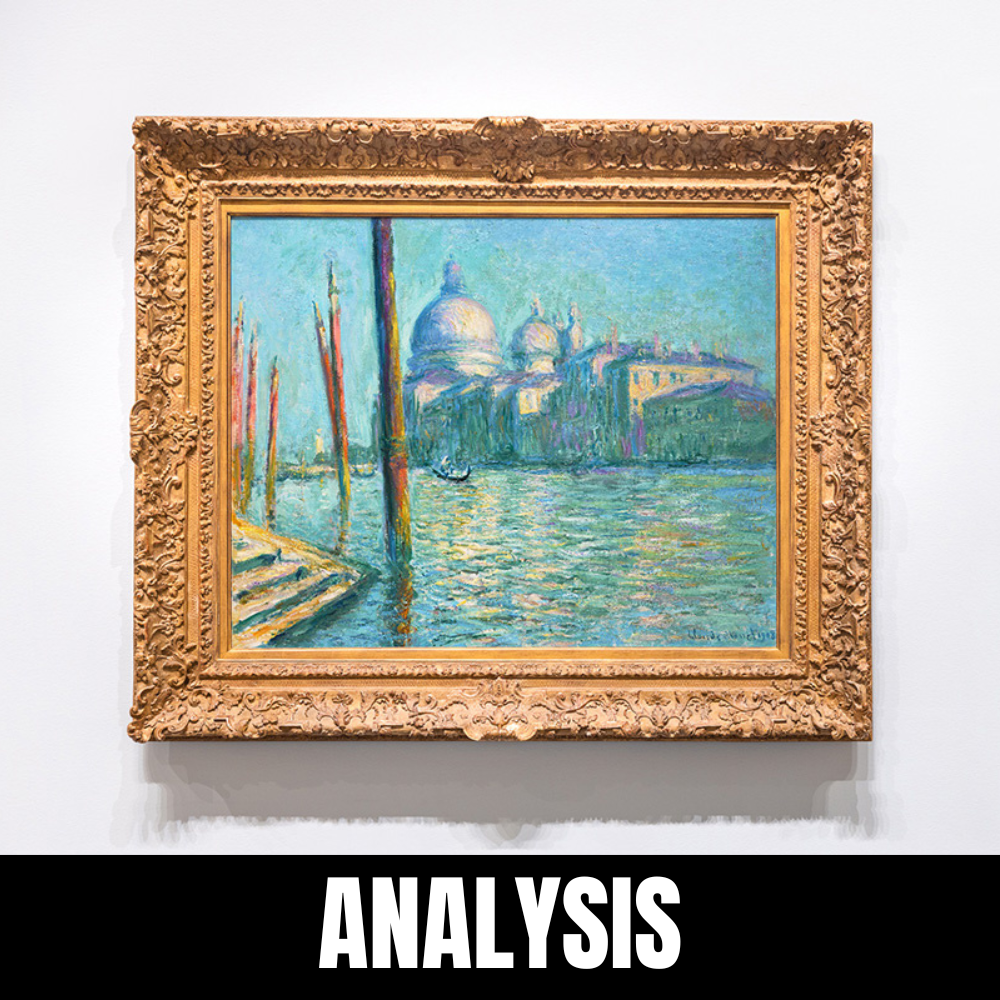
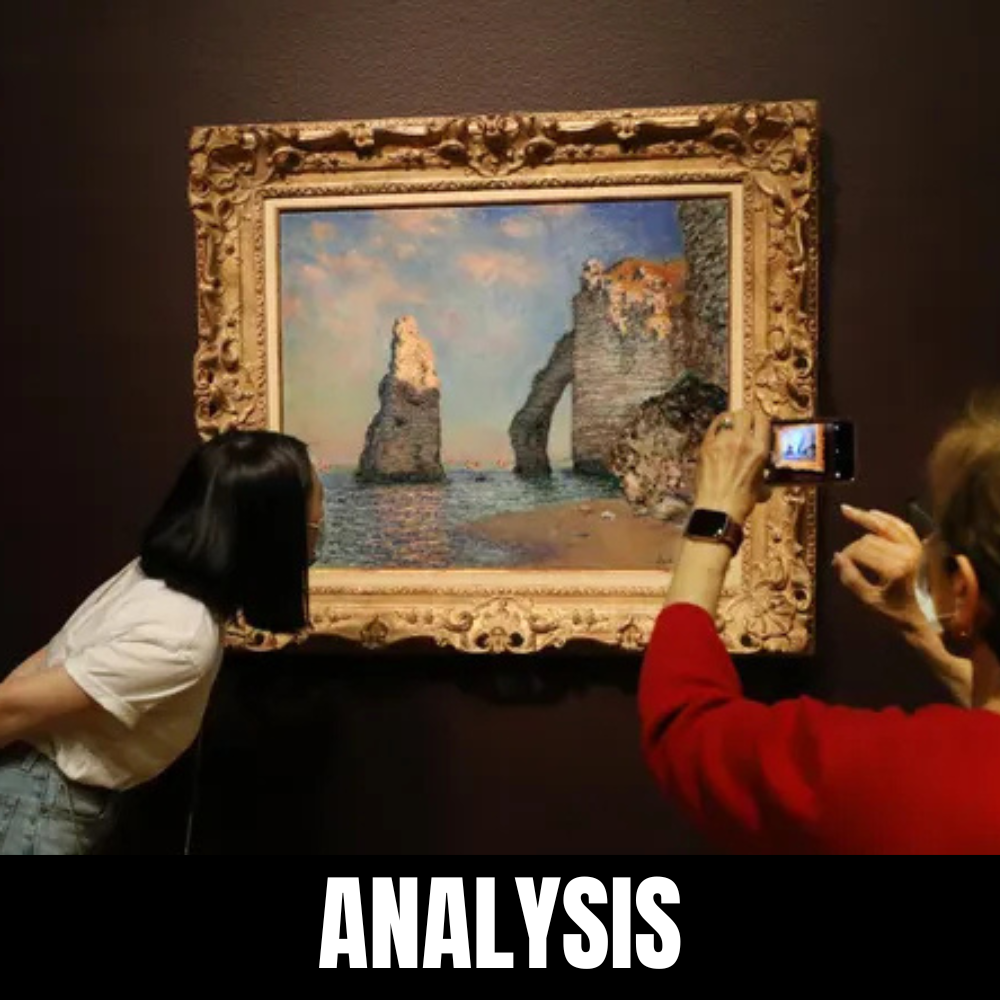
Leave a Reply